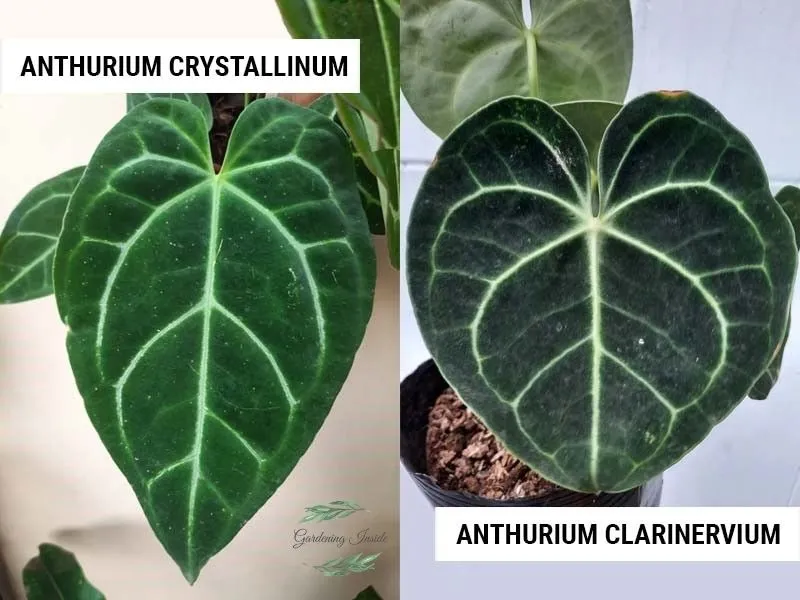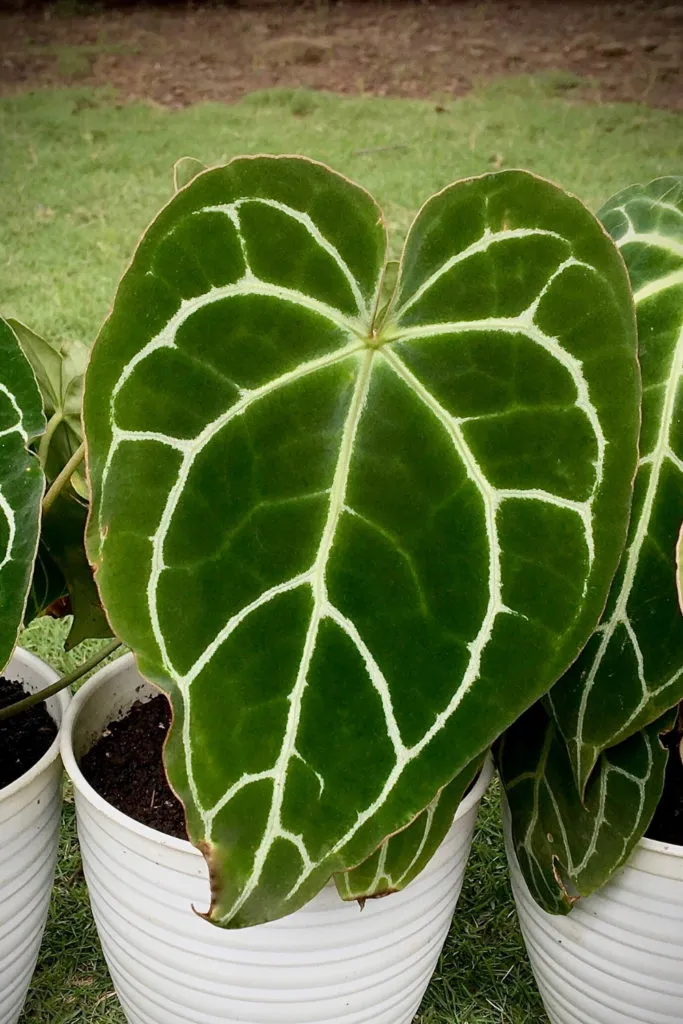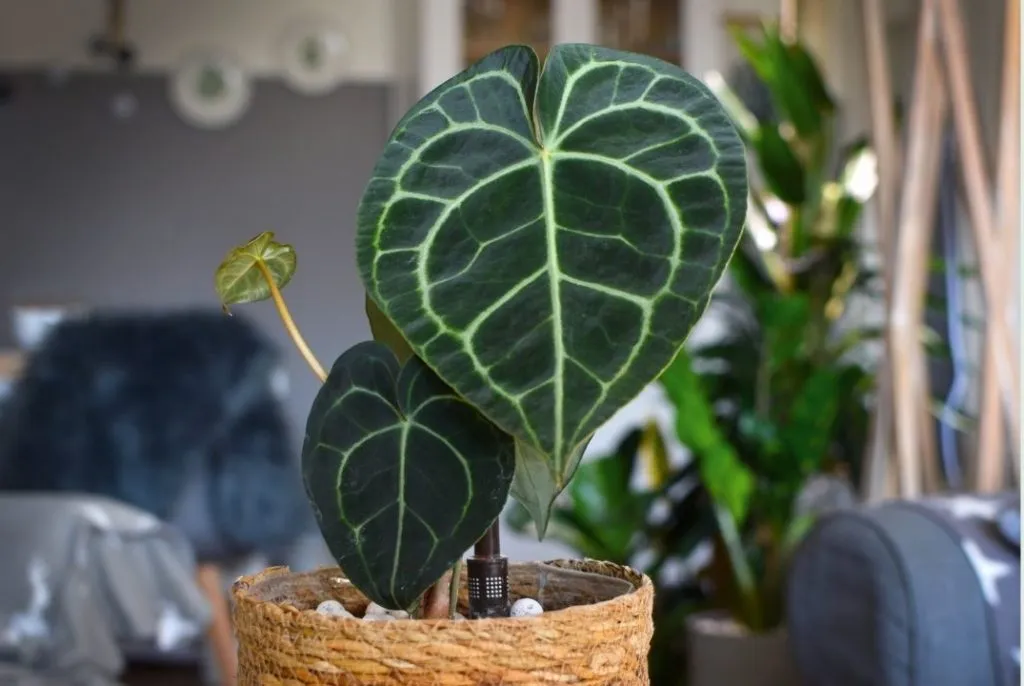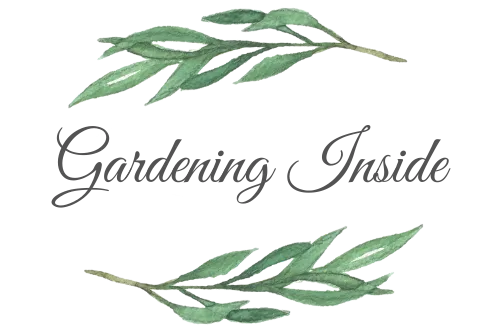Anthurium Crystallinum and Anthurium Clarinervium are among the most popular houseplants you will love to grow indoors. Both these plants will surprise you primarily due to their appealing look and the beautiful nature. It’s hard to take off your eyes from these plants. You might found these plants as duplicates if you don’t know about the significant differences between them. Also, the similar appearance and the behavior of these plants might confuse you.
Moreover, Anthurium Crystallinum and Anthurium Clarinervium have striking similarities, and both of them are sensitive to humidity and light. One of the common differences between these plants that will help you differentiate in these anthuriums is that Crystallinum has relatively narrow and bright green elongated leaves.
Its berries range from white to violet color and are a fast-growing plant. In contrast to this, Clarinervium has heart-shaped leaves with broad dark green leaves. The berries of Clarinervium are large and orange in color, indicating a slower growth than the prior one.

If you are wandering to look at the differences between these plants, you are at the right place. The guide will provide a complete overview of Anthurium Crystallinum vs. Anthurium Clarinervium.
Anthurium Crystallinum vs Anthurium Clarinervium
Before going into the detailed differences between these plants, let us have a quick overview of the differences from the following table:
| Characteristics | Anthurium Crystallinum | Anthurium Clarinervium |
| Common diseases | Fungus | Fungal attack |
| Color berries | Large orange berries | White to violet berries |
| Growth rate | Faster growth rate | Slow growth rate |
| Height | 30 cm | 25 cm |
| Light exposure | Indirect and bright light | Indirect and bright light |
| Leaves | Narrow green leaves | Broader green leaves |
| Leaves’ shape | Elongated | Heart-shaped |
| Soil requirements | Well-drained | Well-drained |
| Soil pH | 6.0 to 7.0 | 6.0 to 7.0 |
| Watering | Two times per week | Two times per week |
The above table suggests the differences and the similarities between Anthurium Crystallinum and Anthurium Clarinervium. These plants differ in the shapes of the leaves, average height, growth rate, and color of the berries. In contrast, it shows similar behavior in the growth requirements.
Anthurium Crystallinum Overview
- It is a Panamanian plant that can reach 90cm in length with many lush green oval leaves. Growing these plants in your garden will never disappoint you.
- You can also call this exotic plant by its second name; Crystal Anthurium plant. The good news is that you can easily care for this plant, as it requires relatively less maintenance.
- Make sure to provide your plant with the optimum growing temperature, i.e., 16 degrees Celsius.
- The plant grows well in the plenty of light.
- Anthurium Crystallinum grows well if provided with the right growing conditions. Your plant will be happy in these growing conditions presenting fresh, lush green, and oval-shaped leaves. Believe me; potting this fantastic plant on your balconies will improve the attractiveness of your place.

Check the Complete Anthurium Crystallinum Care | Propagation | Growth Tips
Anthurium Clarinervium Overview
- The exciting feature of the lant is that it is an epiphyte meaning it can grow on other plants as well as on the tree trunks.
- Anthurium Clarinervium has a relationship with the Araceae family of the leaf plants. Also, Clarinervium is native to Mexico, which makes it adapt to the cooler temperature quickly. In comparison, it is acclimated to the hot temperature.
- It is a beautiful growing plant and does not demand much time. So, it is an easy to care plant.
- The average height of Anthurium Clarinervium is 38 to 50 cm, with leaves of 8 to 10 cm in height. You can grow this plant indoors as it is easy to cultivate and requires less maintenance.

Check Complete Guide Anthurium Clarinervium Care | Propagation | Plant Problems
Anthurium Crystallinum vs Clarinervium Differences
Berries:
You can distinguish between these plants by the color of their berries. Crystallinum has orange berries, while the other has white (in younger age) and purple (when mature) berries.
Other differences in the berries are due to the differences in their size. The size of Anthurium Clarinervium is considerable due to a large number of seeds as compared to Crystallinum. Also, Crystallinum has only one seed in its berries.
Clarinervium produces more flowers and blooms more frequently.
Growth rate:
Mostly, Anthuriums are tall if outdoors, and indoors, the maximum height can reach 30cm. The width of these leaves is about 15 to 20 inches.
Anthurium Crystallinum shows a fast growth rate as compared to its cousin plant under the same conditions. Also, this plant has more buds on the aerial roots and is denser, and divides fast.
In contrast, Anthurium Clarinervium is relatively complicated to care for and maintain. Also, it is expensive than its cousin plant.
Leaves:
One of the common differences between the Anthurium Crystallinum and Anthurium Clarinervium is their leaves. At first glance, you might see these leaves as the same. The leaves of Clarinervium are heart-shaped, while Crystallinum has elongated leaves in shape.
If you are an experienced botanist, then you can easily recognize the differences between them:
- Anthurium Crystallinum has thinner leaves and can be damaged easily. In comparison, Anthurium Clarinervium has thicker leaves showing a fast growth rate. The pattern of the latter Anthurium is more textured as compared to the previous one.
- The leaves of Anthurium Crystallinum are bright in color, while Clarinervium is relatively darker. Also, the pattern of Anthurium Crystallinum is relatively vibrant.
Reproduction:
Clarinervium reproduces generatively, while Crystallinum follows a vegetative method for reproduction.
Also Check: Complete Guide Rhaphidophora Tetrasperma: How to Care & Grow
Anthurium Crystallinum vs A. Clarinervium Similarities
The following are the features that these plants share.
Feeding Requirements:
It would be best to fertilize both these Anthuriums in the growing season but do not over-fertilize the plant as it results in stunted growth. Choose the fertilizer that has a higher content of phosphorus, nitrogen, and potassium. Phosphorus contributes to the better development of the plant with a robust root system.
Pro tips of Fertilization:
- Fertilize the plant in the spring of summers after 45 to 60 days.
- Do not fertilize Anthuriums in winter.
Humidity Requirements:
Humidity is a common issue these Anthuriums face, as the plants cannot survive well in the dry air. The optimum humidity level required by both these plants ranges from 55 to 65 percent, and it can also increase to 75 to 85 percent.
Pro tips for maintaining Humidity Level:
- You must use a humidifier to maintain the ideal growing conditions.
- Spraying the foliage once a day will also help.
- Misting is also an appropriate method that you can use.
Light Requirements:
Anthuriums have likely light requirements, and they thrive well in bright and indirect light. These plants grow under enormous trees, due to which they do not receive direct sunlight. Keep a balance in the light requirements of this plant but do not let them stay in direct sun. The average time to fulfill the light requirements of this plant is at least six hours.
Temperature requirements:
Both these Anthuriums need higher temperatures in spring and summers, while they do not need that much high temperature in winters.
A temperature below 55 degrees Fahrenheit can result in the death of the plant, so do not place them in a cold room.
Soil requirements:
The Anthuriums have identical soil requirements, and they love to grow in well-drained soil. Also, the soil for growing these plants must be loose. The thick clay can damage the plant and can result in root rot.
It grows in slightly acidic soil ranging between 3.5 to 6.8. You can also prepare the potting mix of the soil by using 50% sphagnum, 25% perlite, and 25% bark. Buying the orchid growing soil will also be an ideal choice for the growth of your Anthuriums.
Water Requirements:
Both these plants require the same watering conditions and require more water in both summer and spring. Watering the plant three times per week will contribute to the fast growth rate.
The right time to water these Anthuriums is when the soil is 25% dry. Do not overwater the plant as it can result in causing root rot, and during winters, water your plant every 10 to 14 days.
Final thoughts:
Anthurium Crystallinum and Anthurium Clarinervium are beautiful to grow plants, and their beauty will strengthen the value of your garden bed. These plants are appealing to the eyes and require less maintenance and care. You can grow these Anthuriums by providing them with the right growing environment. The above guide presents the comparison of these plants, indicating the differences and similarities.
So, plant these beautiful plants in your gardens and make your garden attractive. Growing these plants will never disappoint you. Happy Growing!
Frequently Asked Questions Anthurium Crystallinum and A. Clarinervium
How is an Anthurium Crystallinum identified?
These plants have a velvety appearance and are dark green, while the veins are lighter in color with a pale green color.
Is Anthurium Crystallinum fast-growing?
Yes, this is a fast-growing plant, and roots decide whether it is the right time to repot it. This species is fast growing as compared to the other species of Anthuriums.
Which type of soil is best to grow Anthurium?
The best type of soil to let these Anthuriums grow well is well-drained soil. You also need to provide the plant with a mixture of sand and peat moss. It will help in the fast growth of your Anthuriums.
